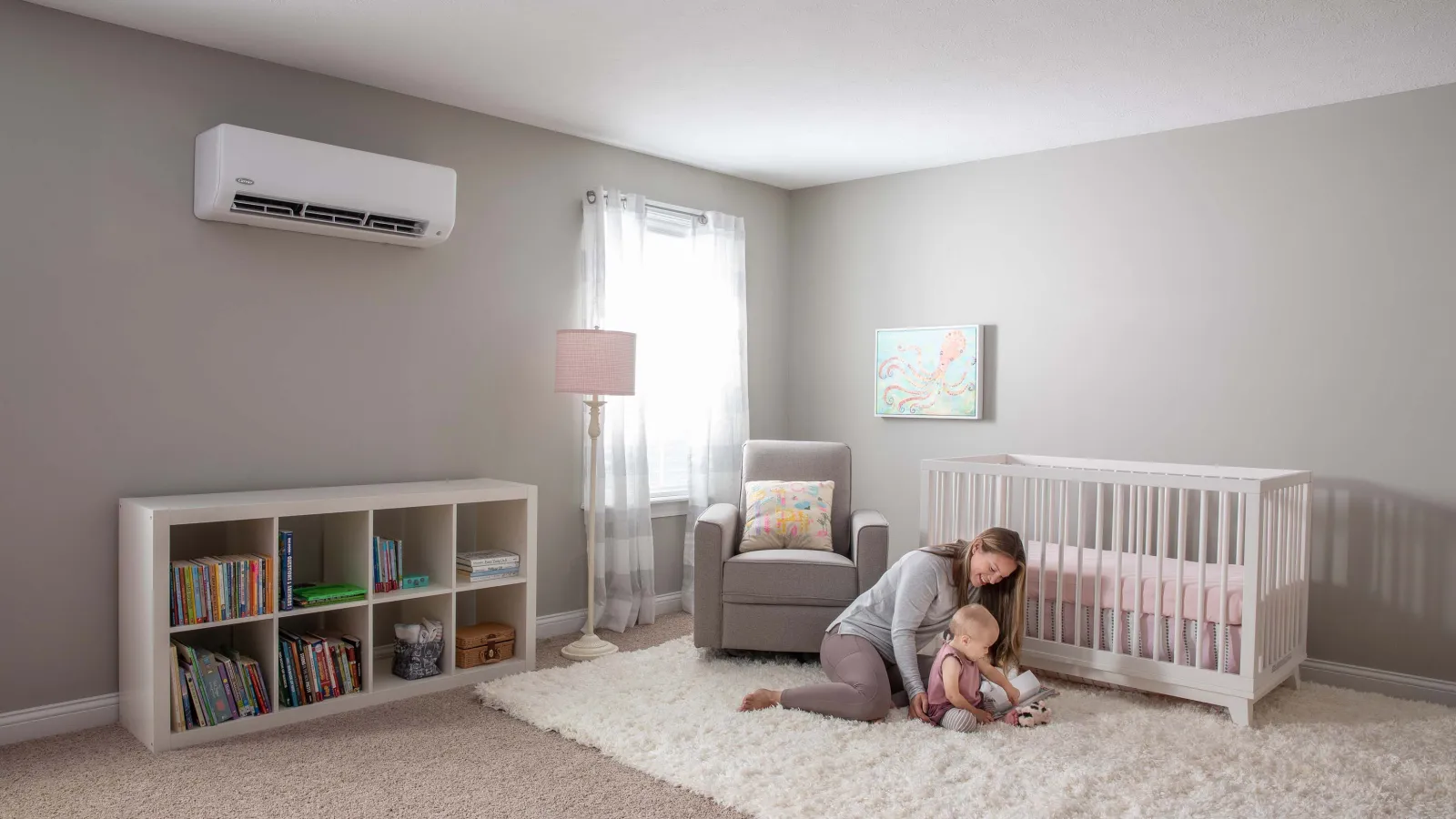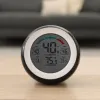Every homeowner with central heating and air systems knows what an air filter is. They’re the blue polyester or white fiberglass sheets that you change out every three months or so.
So, what’s the difference between these “standard” air filters and a HEPA filter – and how do HEPA filters help allergy sufferers breathe easier?
The nuclear origins of HEPA filters
The first high-efficiency particulate arrestance, or HEPA, the filter was developed in the 1940s to inhibit the diffusion of radioactive particles. The US government used HEPA filters during the Manhattan Project to capture nuclear contaminants before they spread to the populace.
Good thing the filters worked, right?
A decade or so later, the first commercial HEPA filters appeared. Hospitals, nuclear facilities, and pharmaceutical producers have been using them ever since to remove contaminants from indoor air. Nowadays, you, too, can take advantage of HEPA technology to maintain healthy conditions inside your home.
Here are three reasons HEPA filters improve indoor air quality above and beyond standard air filtration methods.
1. HEPA filters offer all the benefits of standard filters.
You’re not losing anything when you use a HEPA filter instead of a standard one.
Like standard air filters, a HEPA filter works like a sieve. Assuming a particle is large enough, the filter will trap it on one side and prevent it from lingering inside the air you breathe. The first layer of a HEPA filter performs the sieve-like function of a standard air filter by stopping the large particles.
But that’s where the similarities end.
2. With HEPA, you can filter smaller particles, too.
After the initial “sieve” layer, a HEPA filter subjects smaller particles to further layers of filtration.
Small contaminants, like dust particles, hit a wall of extremely dense fiberglass. The fibers are dense enough to intercept particles as small as 0.3 microns in diameter, which is extremely small! For comparison, human hair is usually 40 to 50 microns wide.
HEPA filters intercept these particles in three different ways:
- Trapping: The particles hit the fibers and can’t pass through them.
- Snagging: Smaller particles snag against the fibers before passing through.
- Diffusing: Some particles bop around within the filter in near-perpetual motion, unable to pass through to the other side.
When it’s all said and done, the air that emerges from a HEPA filter is free from nasty dust particles that aggravate your allergies, make you sick, or cause significant discomfort.
To get a sense of how aggressively a HEPA filter intercepts airborne contaminants, consider how dense it is compared to a standard air filter. Were you to “unravel” a HEPA filter, you’d see 210 linear feet of filtration material. By contrast, a standard air filter would be just 2 feet long.
3. HEPA filters integrate with HVAC equipment.
In the Atlanta area, high summertime humidity often leads to problems with indoor air quality. Dust mites thrive in humid conditions. So does mold. A HEPA filter helps you eliminate the dust on which these nuisances feed and proliferate.
As we’ve discussed previously, you should take steps to reduce indoor humidity, too.
So, where should you put a HEPA filter? You can get a standalone, plug-in unit, but you’d probably have to maintain several of them to filter the air throughout your home. You might not like how the machines look either.
That’s one reason we recommend HEPA systems that integrate with your existing HVAC setup. You won’t see them – they do their job “behind the scenes.” The other reason we like these systems is that they provide the option of circulating fresh air from the outdoors – properly filtered, of course. You can introduce a little positive pressure to the home while diluting stale, indoor air with fresh, heavily filtered air from outside.
When you go this route, be sure you’re getting a filter that includes charcoal filtration in addition to all of the standard HEPA features. The charcoal layer filters out offensive odors, so the air you breathe is healthy and free from nasty smells.
Go HEPA or go home!
Ok. That kind of language might be a little strong. But if you…
- Suffer from allergies and can’t seem to stop sneezing
- Have lots of carpet and/or curtains
- Notice frequent unpleasant odors inside your home
- Own a cat, dog, or other furry companion
…there’s a good chance you’ll breathe easier with a HEPA filtration system.
Are HEPA filters the end-all, be-all solution for perfect year-round indoor air quality? It all depends on the attributes of your home, including the quality of your building envelope, and your concerns about the air you breathe.
Regardless of your situation, HEPA is a valuable item to add to your air quality toolkit.






